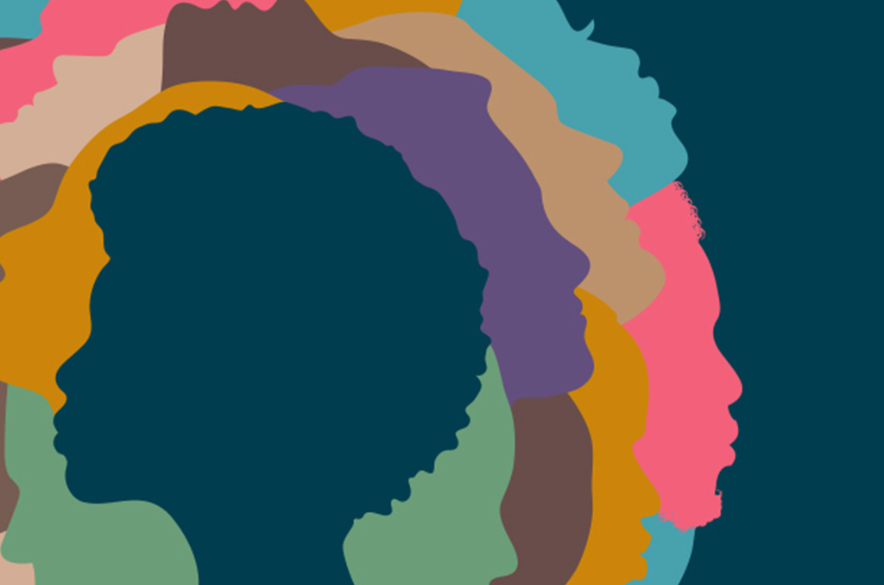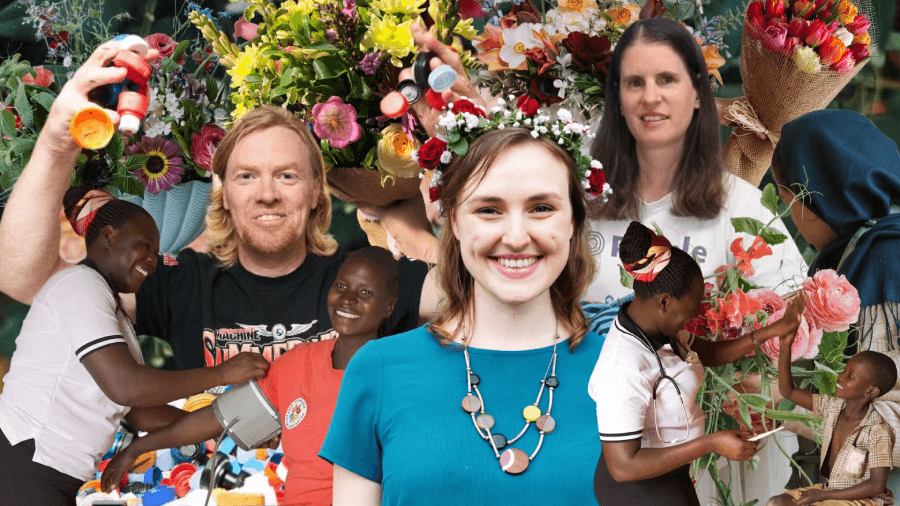What comes to mind when you think about recruitment?
It could be your own experience of trailing through job listings, tweaking CVs, writing and re-writing cover letters, and preparing for interviews.
It could be memories of first-day nerves, meeting new colleagues, or finding the best local coffee spot.
It could be the disappointment of rejection, or even the frustration of not hearing back at all.
While the job hunt can be stressful for everyone, the process of looking for work and being employed for some people can be much, much harder. Many jobseekers face barriers to secure, stable employment that can effectively lock them out of traditional recruitment approaches – or, if they are able to find work, these barriers can make it much more difficult for them to thrive.
And research shows us that when people are given the opportunity to flourish in quality jobs or through investment in social enterprise, families and entire communities flourish too. Contact with the justice system, being older or a single parent, coming from a refugee or migrant background, low digital literacy, lack of access to transport, or being of Aboriginal or Torres Strait Islander descent can all impact a jobseeker’s access to the stable work many of us take for granted.
But employment can offer a huge variety of benefits across the social spectrum: from improved mental health to purchasing homes to higher intergenerational educational attainment and even better childhood nutrition, getting it right when it comes to hiring and buying with purpose has never been so important.
Fortunately, there is also more evidence than ever showing that purposeful recruitment and procurement really works, across industry and business type. Jobsbank’s podcast, Getting It Right, hosted by Craig Foster, is a collection of stories detailing just how significant the impact of inclusive hiring and social buying can be.
From welding in a wheelchair to construction jobs for young Aboriginal footballers, from connecting social enterprises for bigger and better opportunities to finding work after a prison sentence, Getting It Right weaves a compelling case for thinking outside the box for your next hire, purchasing for your workplace, or supporting your existing staff to grow.
Craig talks to welder Mark Golotta, who, after a car accident left him paralysed, rejuvenated his career (and found the love of his life) through his employer’s commitment to inclusivity; in conversation with Hayden Heta, CEO of Aboriginal construction business Wamarra, you’ll hear how deep knowledge of community needs led to the creation of sustainable, supportive careers for Aboriginal people.
Inspired to make some changes to your own business? In a new report, Jobsbank partnered with Diversity Council Australia to create Inclusive Recruitment at Work, a report which offers innovative ‘keys’ to common recruitment locks and barriers.
And sometimes, the keys required to make a workplace accessible to a more diverse pool are easier than you think! For example, you could:
- audit your website to make sure it meets accessibility guidelines – this helps people with disabilities to view and consider the roles available.
- add your job listings to local leaders, as well as the big platforms – this can help people with less access to computers or the internet to see your listings.
- moving morning meetings to a little later to allow parents and other carers to do the school run before work.
If you’re talking big structural issues, the report also provides roadmaps on addressing problems such as unconscious bias, which can have huge impacts on who is given the opportunity to work. For example, research shows that having an Anglicised name can increase a jobseeker’s prospects for an interview tenfold. To make your hiring processes fairer, you can:
- gender- or background blind your hiring process – looking at qualifications and experience in isolation can build a picture of a candidate free from presumptions.
- consider cultural or bias training for your staff – this can help staff to examine where they are valuing experience that is most similar to their own and to open up to a wider pool of talent.
- rethink your ideal candidate by assessing what is really required for the role, including only essentials, and allowing ‘nice to haves’ to be just that.
There is no ‘one size fits all’ approach to diversity and inclusion in the workplace – the steps you take can depend on capacity, business size, type of work and many other factors. Fortunately, it all makes a difference; whether you’re a small business in the early stages of exploring inclusivity or a large corporation looking to make big changes, there are many ways to get it right and contribute to fairer, more equal workplaces.
To read more about our podcast host and his commitment to creating opportunities, see our interview with Craig Foster. To listen and subscribe to Getting It Right, visit Podfollow or search Getting It Right wherever you get your podcasts.
Diversity Council Australia and Jobsbank’s report Inclusive Recruitment at Work and infographic summary are available here.
To get in touch with Jobsbank and start your journey to inclusive employment, visit www.jobsbank.org.au



